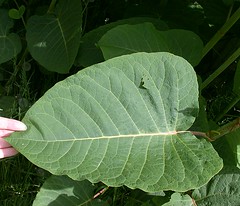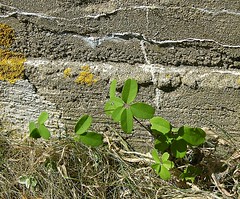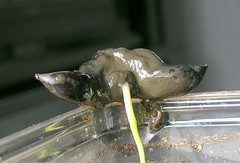The ISW is just a bevy of controversy these days. First eagle owls "re"appear in the UK, then the much-hated sea lamprey is declared a native in Lake Champlain. Now we've got people ready to go to jail to protect the incredibly-cute-but-just-might-be-invasive monk parakeets (Myiopsitta monachus, also known as Quaker parrots) that have moved into Connecticut. As reported by the Boston Globe, a Connecticut power company has refused to stop dismantling nests that the parakeets built on top of utility poles, claiming that the nests are a danger and a fire hazard. Because the South American native are officially birda-non-grata in Connecticut, the power company must turn over any keets they catch to the USDA for euthanization. A local expert points out in the article that the state already tried and failed to eradicate the monk parakeets when they first became a problem...thirty years ago.
For more information:
- Two excellent ISW guest posts from Jason at Borneo Chela: 1, 2.
- The Stop Killing the Parrots website may be the epicenter of all pro-monk parakeet activity.
- The Brooklyn Parrots website is also keeping up on the Connecticut monk parakeet situation, and of course has many other stories about the populations in New York.






